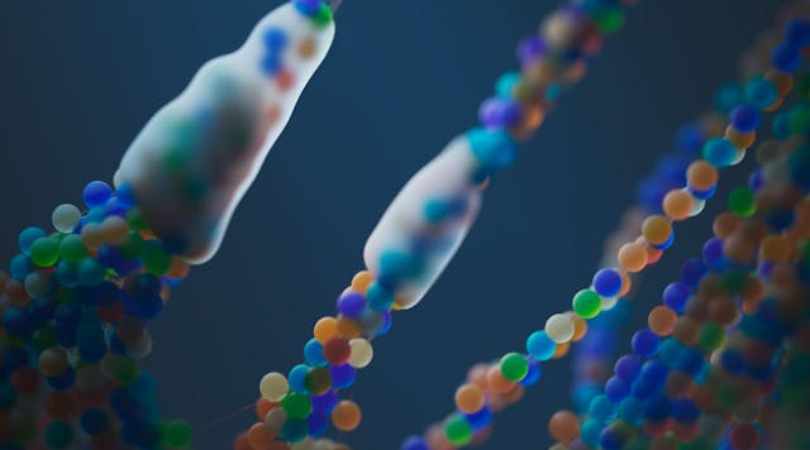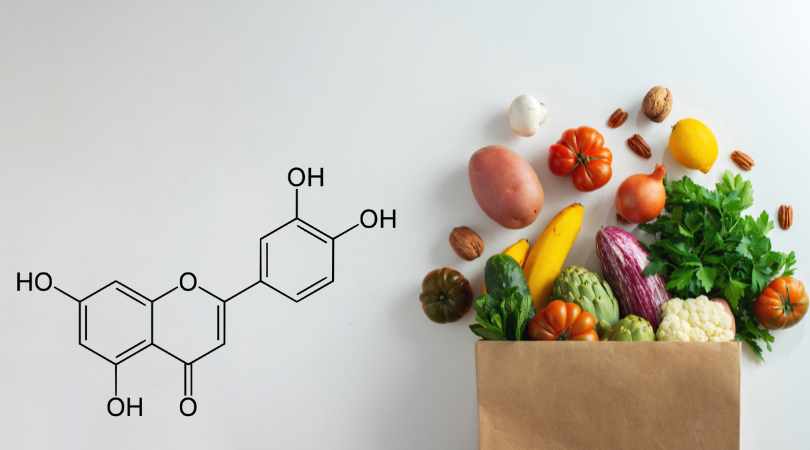Scientists have successfully restored the lost uricase enzyme, a key breakthrough in combating fructose-induced fat formation. This discovery offers new hope for preventing obesity and metabolic disorders by targeting how the body processes sugar and stores fat.
Limited Quantities Available! Order Today and Enjoy Free Shipping on Orders Over $100!
Your Body on Fructose: A Timeline of What Happens After You Eat Sugar

Most of us know sugar gives us a quick high and a crash later. But what’s really happening inside your body explains much more than that — it shows why sugar is so addictive, and why it quietly drives so many health problems.
The difference comes down to one part of the sugar molecule: fructose.
What is Fructose?
Fructose looks almost identical to glucose, but it behaves differently. Glucose is fuel. Fructose is a fuel regulator — the key part of an ancient survival system that controls how cells access glucose.
Fructose Digestion: Where the Journey Begins

When you eat sugar (sucrose), it splits in your gut into glucose and fructose.
- Glucose enters the bloodstream quickly, raising blood sugar and triggering insulin. This is what gives the familiar “sugar high.”
- Fructose is absorbed through a separate transporter. At low doses (around 5–7 grams, about what’s in a single piece of fruit), the small intestine can handle most of it. But with higher amounts — like a soda containing 20+ grams of fructose — the gut is overwhelmed. The excess slips into the portal vein and heads straight to the liver.
Unlike glucose, fructose doesn’t trigger insulin — which is why it once seemed harmless. But inside the liver, it behaves very differently.
A Timeline of Sugar Metabolism
0–15 minutes: Rapid Uptake
- Fructose is immediately captured by the enzyme fructokinase (KHK).
- This bypasses the body’s normal “brakes” and consumes ATP (cell energy), creating a short-lived energy dip.
15–30 minutes: The Uric Acid Signal
- The ATP dip triggers a spike in uric acid, a metabolic signal that tells the body to conserve energy and store fat.
- Uric acid is also linked to increased oxidative stress and blood pressure.
30–60 minutes: Fat Production Begins
- Fructose metabolism funnels into de novo lipogenesis (new fat creation).
- Triglycerides rise, seeding fatty liver over time.
1–2 hours: Mitochondrial Overload
- As liver fat accumulates, mitochondria (the cell’s energy engines) struggle to process glucose efficiently.
- To protect themselves from more incoming glucose they can’t use, cells develop insulin resistance. This “protective” move prevents further oxidative stress but sets the stage for chronic dysfunction.
Also Read - The Sugar Diet Illusion, Why it Works?
The High and the Crash
- The high: comes from glucose — a rush of quick fuel and insulin.
- The crash: comes from fructose — the ATP dip, uric acid rise, and mitochondrial slowdown that leave you tired, foggy, and craving more sugar.
This cycle of spikes and crashes is why sugar feels both irresistible and draining at the same time.
Breaking the Cycle

The good news is that we can interrupt this chain reaction.
- Dietary changes: Reducing added sugar lightens the load on the liver.
- Targeted nutrients: Preclinical studies show that luteolin can inhibit fructokinase, blocking the very first step of fructose metabolism. Tart cherry extract helps reduce uric acid — so instead of building up and driving harm, it is harmlessly expelled in urine.
Check Out - How to Sugar Proof Your Metabolism in a World of Hidden Sweeteners?
The Takeaway
Fructose isn’t just another sweetener. It’s a metabolic switch that, once flipped, lowers cellular energy, drives fat storage, and sets the stage for insulin resistance. The familiar sugar high and crash are only the surface — beneath them lies a system designed for survival, but ill-suited for today’s constant sugar exposure.
Now that we understand the timeline, we can finally learn how to stop it.
Disclaimer: The information in this blog reflects personal opinions, experiences, and emerging research. It is not intended as medical or professional advice and should not replace consultation with qualified professionals. The accuracy of this content is not guaranteed. Always seek guidance from a licensed expert before making any health-related decisions.


Chris | 🔬 Founder of LIV3 Health
⚡ A keen researcher dedicated to uncovering the root causes of metabolic dysfunction, the key driver of chronic conditions behind 70% of global deaths. His findings led to science-backed, natural solutions designed to inhibit fructose metabolism.
📢 Follow me on Reddit for insights on metabolic health and the future of wellness! -






